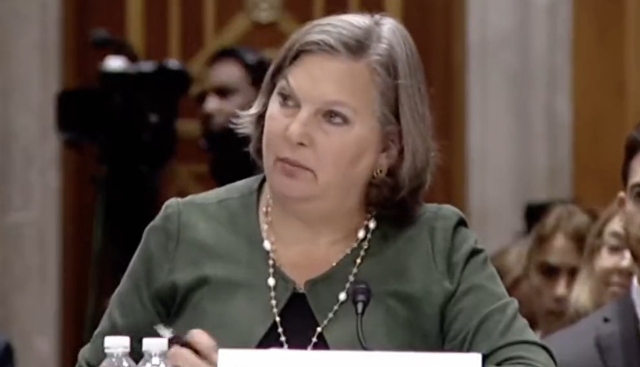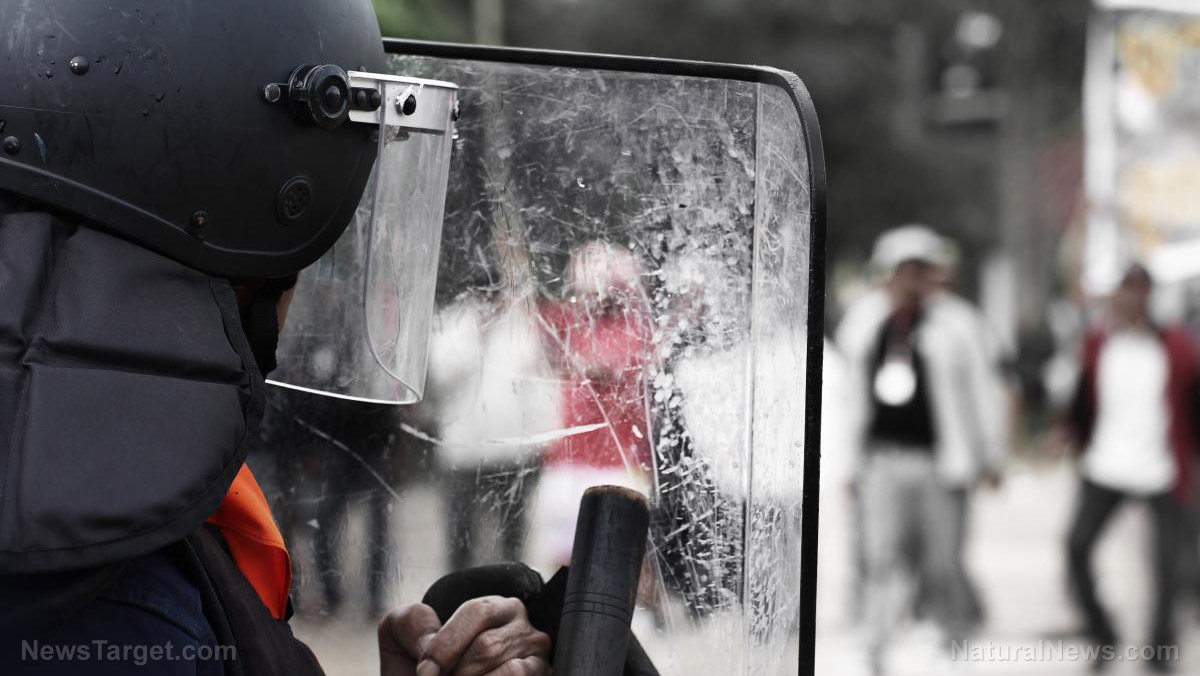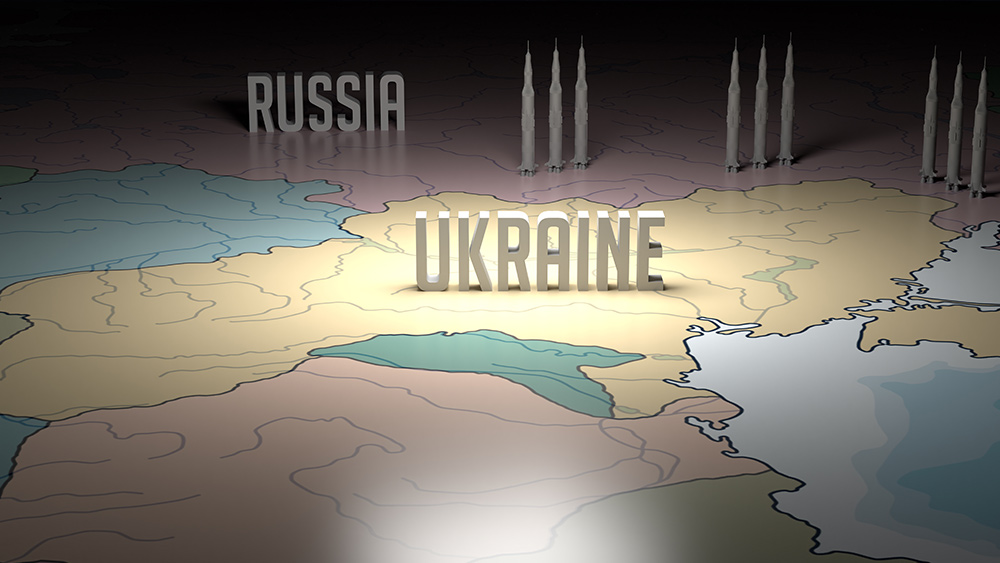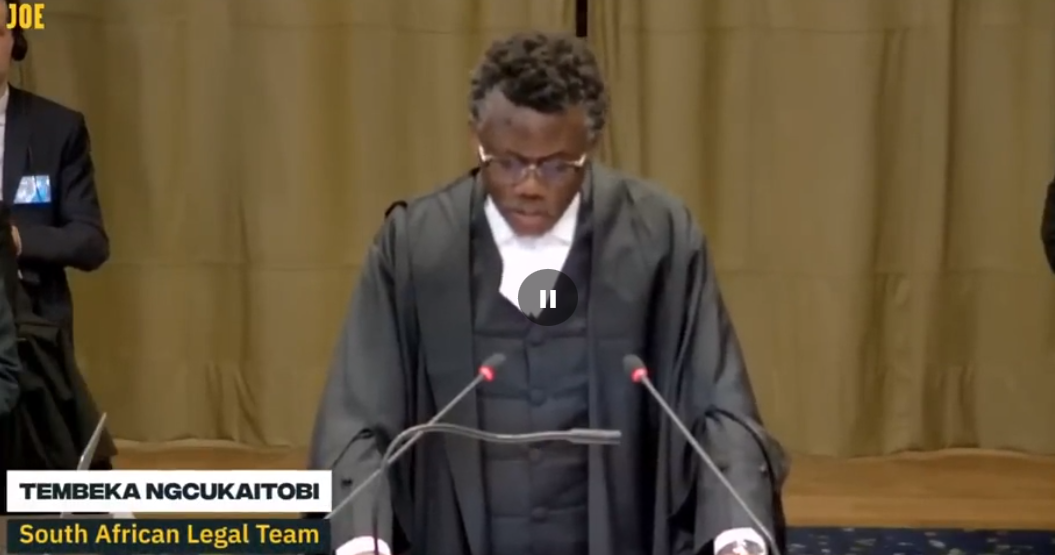Nearly all of Houston suffers BLACKOUT after Beryl makes landfall
07/10/2024 / By Ethan Huff
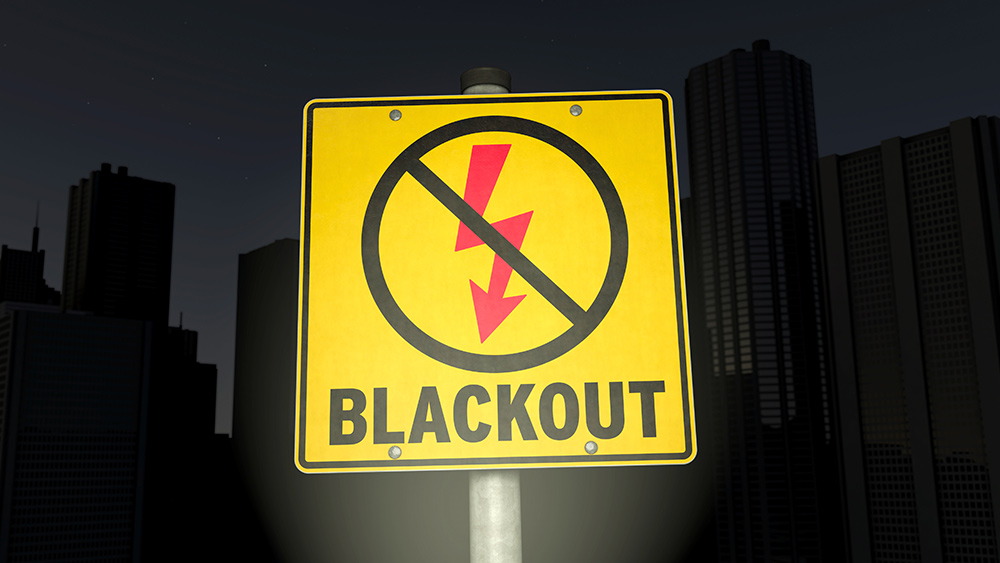
Much of southern Texas is without power after Tropical Storm Beryl, downgraded from a hurricane, made landfall in the Houston area in the early morning hours of July 8.
Reports indicate that “most” of Houston is without power and could remain that way for days amid record heat as the Texas energy grid struggles to stay online due to bad weather.
The nation’s fourth-largest city saw flooded streets, downed trees and power lines, and nonfunctional traffic lights as Beryl swept through the region. At least three people have died from the storm, including a Houston Police Department employee who reportedly drowned in his car.
When it first struck Houston, Beryl was a Category 1 hurricane that became a tropical storm rather quickly. Prior to hitting Texas, Beryl killed 11 people throughout the Caribbean.
Nearly 2.4 million electric utility customers in eastern Texas were still without power as of 3 am local time on July 9. Roughly 85 percent of homes and businesses served by CenterPoint Energy Inc., Houston’s primary electric utility, lost power during the storm.
By July 9, about one million of these customers saw restored power, CenterPoint Energy said in a notice. The company also brought in more than 10,000 workers to restore power as quickly as possible, though some of the grid was so damaged that it requires replacement rather than just repair.
“I do not have power at my house,” commented Houston Mayor John Whitmire at a press conference. “I know what it’s like.”
(Related: New York will suffer blackouts on a regular basis once its 2040 zero emissions energy plan takes shape.)
Houston now under extreme heat advisory
Just as Beryl was finishing its route through Houston, the National Weather Service posted a heat advisory for the region that warned of heat index values as high as 105F (40C) through Wednesday. This means lots of extreme heat and humidity for south Texans amid all the flooding and loss of power.
Keep in mind that Houston is the oil capital of the Western Hemisphere. The region is a vital hub for petrochemical production in the United States, which means that any down time can have a disastrous effect on the fuel supply chain.
In addition to oil, Houston is a global shipping and medical research hub as well. For shipping in particular, flooded roads and no electricity is a bad combination when you have trucks that need to transport important goods in and out of the region.
Already this year, there have been several major storms, including Beryl, that have hit the Houston region. The metro area’s seven million residents have seen flooded streets and homes, destroyed skyscraper windows, and numerous power outages that have lasted days at a time, in some cases.
Back in May, major flooding hit Houston’s suburbs particularly hard. After that, there were two major wind storms that left downtown sidewalks covered in broken glass.
Over in the panhandle, the state’s largest wildfire on record tore through as well this year, as judgment, or what they are calling “climate change,” intensifies following the April 8 eclipse.
Early on, weather experts were predicting that Beryl would hit further west and avoid the Houston metro area. It ended up bearing down hard on Houston and its suburbs, including Sugar Land where the roof was torn off city hall. Other incidents include someone who died from a falling tree and another who died in a fire sparked by lightning.
“I want to emphasize: don’t let the clear skies fool you,” said Whitmore after the storm passed as water and debris were still scattered all around the city and traffic lights remained dead. “We still have dangerous conditions.”
More related news about America’s increasingly fragile energy grid can be found at Collapse.news.
Sources for this article include:
Submit a correction >>
Tagged Under:
Beryl, big government, blackout, climate, Collapse, Dangerous, disaster, ecology, electricity, energy, energy grid, environment, greater texan, grid, Houston, national security, new energy report, power, power grid, Power Outage, Texas, weather terrorism
This article may contain statements that reflect the opinion of the author
RECENT NEWS & ARTICLES
COPYRIGHT © 2017 NATIONAL SECURITY NEWS



